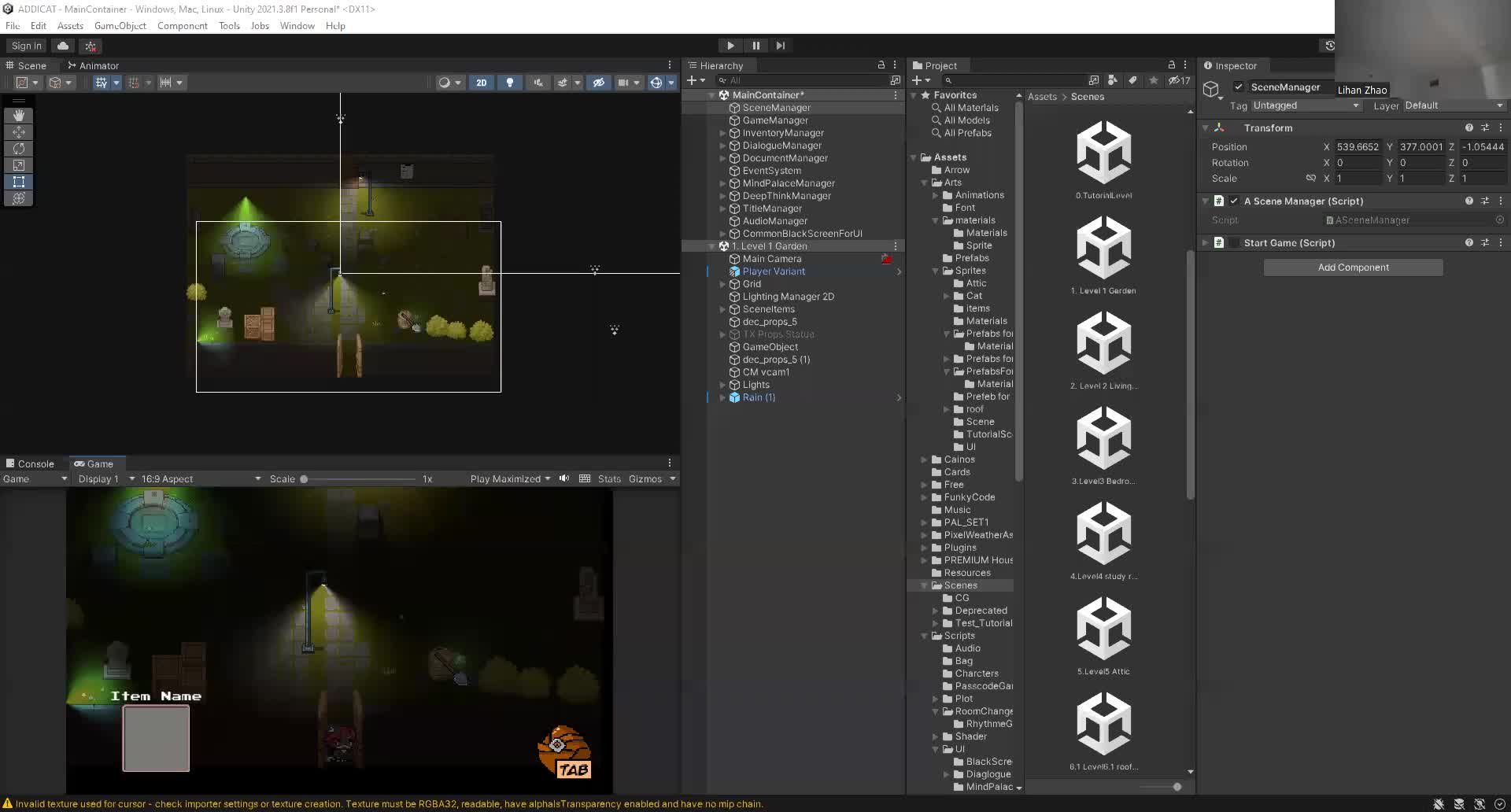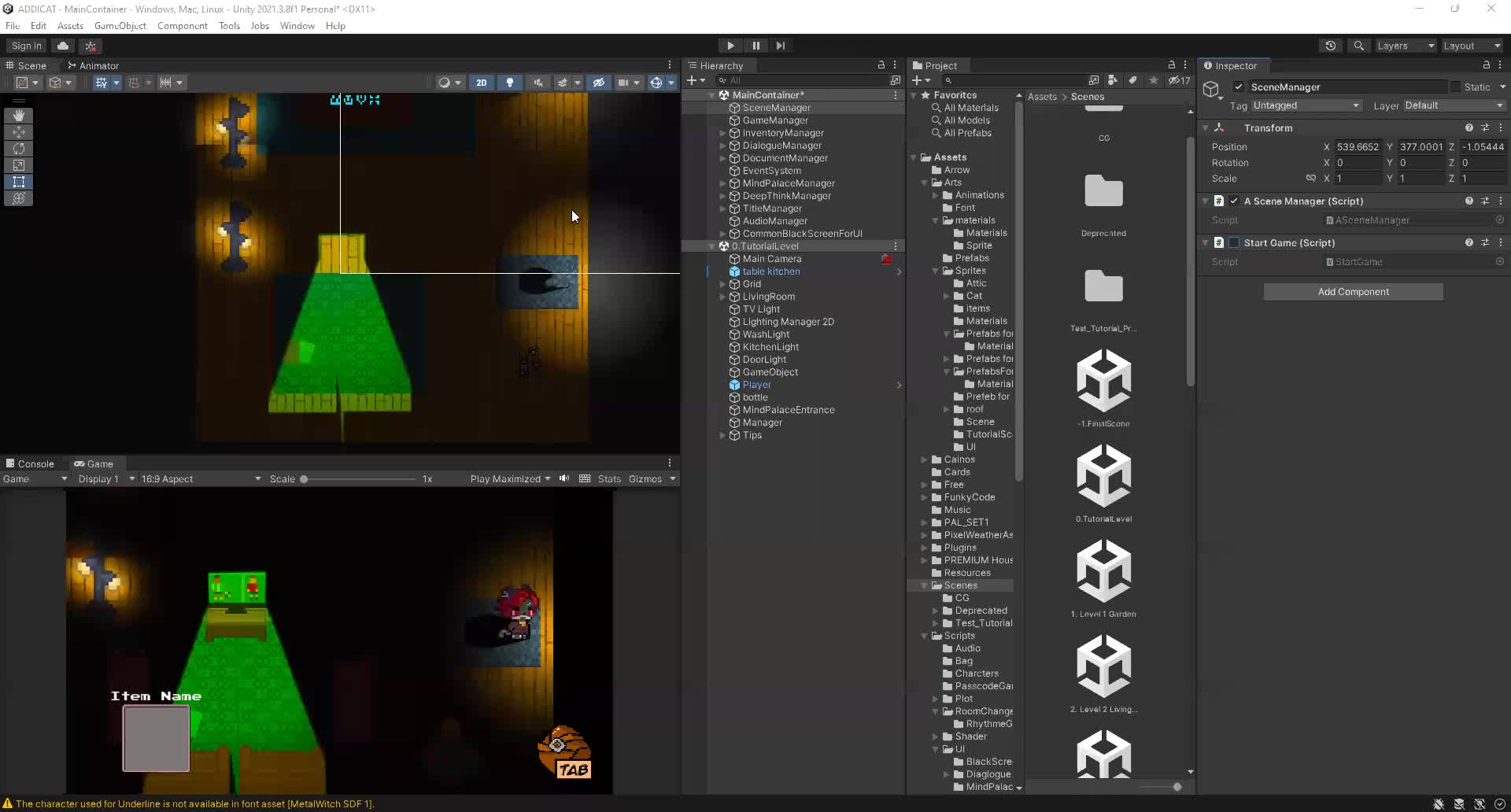Addicat: Between the Two
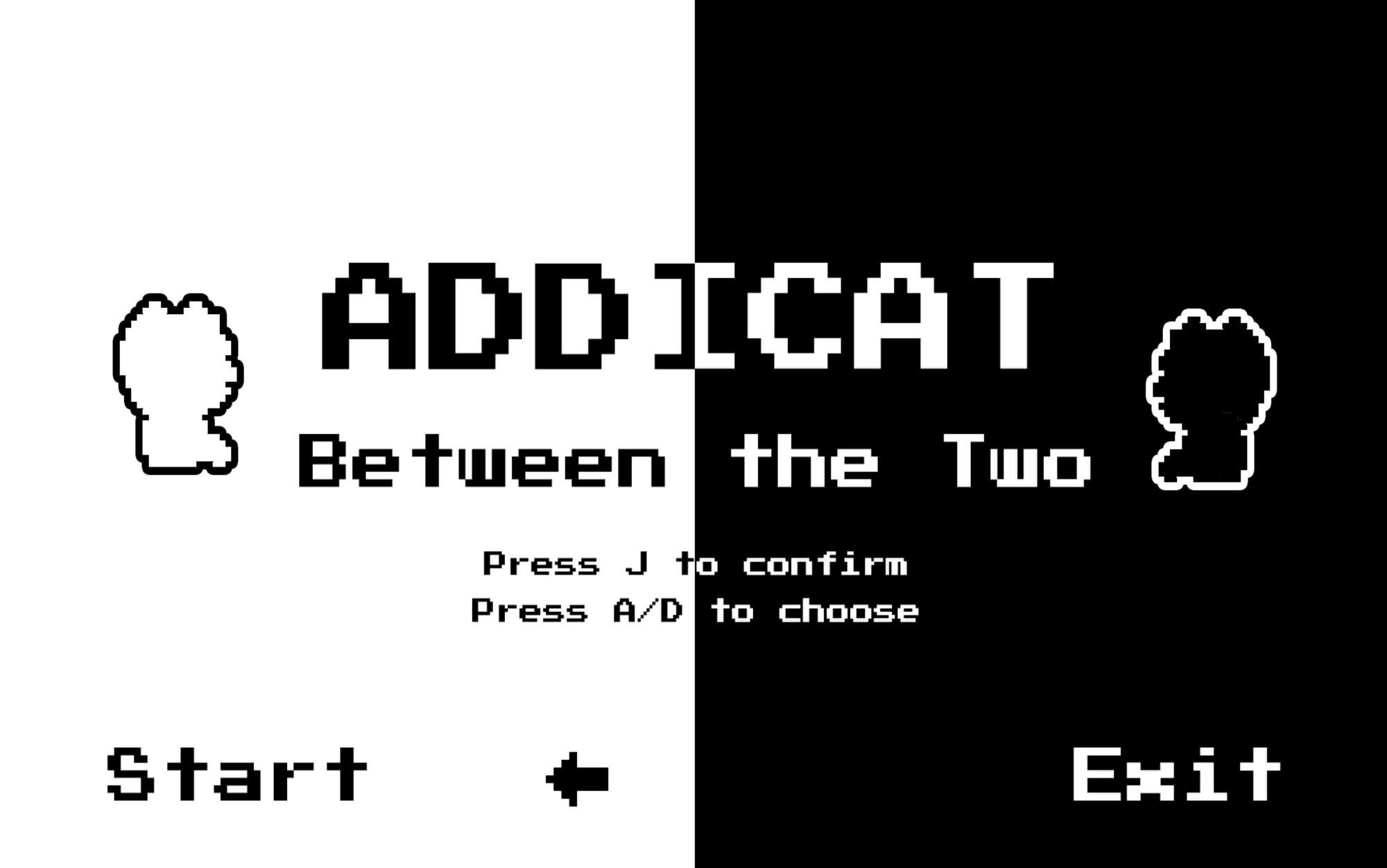
Overview
In the game the player plays a detective, in a case 10 years ago, he lost his beloved wife. In these 10 years, he chose to take drugs to relieve his grief, so he became seriously addicted to drugs. However, a sudden anonymous letter, broke his life, the letter revealed a lot of details of the case 10 years ago, and all the clues point to the old house where the detective used to live when he was young. So the detective in order to explore the truth of the case and the real whereabouts of his wife, embarked on a journey to investigate the old house. However, the truth of the whole matter does not seem to be so simple. To download the game here is the Itch link: https://eastwindsl.itch.io/addicat.
Here is the introducing video of this game :
Story Design
Inspired by the game Sherlock Holmes: Chapter 1 and Silent Hill
The beginning of the story takes place in the detective's own home, he came home from work one day to find his wife missing, through his skills to collect all the clues, came to a conclusion that his wife was kidnapped by intruders, but there is no evidence left at the scene. Subsequently through the form of slides to show the subsequent ten years of the detective gradually degenerate changes, until ten years later, the detective received an anonymous letter.
The letter reads, "Want to know about your wife, go back to the place where you lived when you were young". Although 10 years had passed, the detective was still able to recognize that this was his wife's script, so he immediately set off for the old house where he had lived for many years in his youth.
As a result of continued years of alcohol and drug abuse, the detective's body functions and brain are not as good as they used to be, his thinking speed is greatly reduced, and he even makes bad decisions at times. The process of investigation may involuntarily begin to smoke catnip drugs, when a period of time without smoking, he will have a severe withdrawal reaction, vision becomes blurred, hallucinations before his eyes.
After an in-depth investigation of every house in the old house, the detective gradually recalled the real situation of that incident 10 years ago. It turned out that as early as that time, he had already been addicted to drugs, but at the same time his wife was suffering from a serious illness. He spent a lot of savings buying drugs and could not continue to support his wife's treatment costs. At that time, his heart was full of guilt towards his wife, but he had no way to control his dependence on drugs at the beginning of his addiction. These two factors intertwined in his mind and eventually made him package the whole thing in his subconscious as a story of his wife being kidnapped and taken away by intruders. He completely sealed the story of abandoning his wife 10 years ago in the depths of his heart so that he would not have to face it and let himself suffer inside.
He realized that his wife did not die, but just chose to leave 10 years ago so as not to drag herself down, and the letter he received earlier was the best proof of that. So he picked up his spirit again and continued to search for clues in the old house, trying to find the real whereabouts of his wife.
After the investigation of the ancient mansion is over, the protagonist finds his wife, who was once abandoned by himself, and he is grateful that God can give himself a second chance to come back, and he walks towards his wife full of happiness. At this point the game screen gradually blurred, it turns out that everything that happened in the old house is also a hallucination after the detective overdosed on drugs. The detective's wife passed away long ago due to illness, and the habit of taking drugs for years and years has long destroyed the detective's mind and body completely.
In reality, the detective has long been on the roof of the apartment, while in the illusion, his wife is waving to himself in front. Reality and fantasy dreams alternate, the detective uncontrollably towards the edge of the roof of the building. Then in the fall, the story ends.
Gameplay
The game uses puzzle solving as the main gameplay. The game process is a linear narrative investigation main task, which can promote the switching between plots and scenes by collecting clues, obtaining key items, and sorting out clues (refer to the Sherlock Holmes series of games). In addition to the normal timeline, Addicat can jump out of the normal timeline through his ability, enter the "Detective Thinking", sort out all the clues collected, and obtain the qualification to the next scene or level. The following are the mechanics:
Basic Movements + Item Interaction + Backpack System + Memory Palace + Dialogue System
Players can use WASD to move around the room.
Players can also pick up the items (get closer to highlight the items that can be interacted and add them to the backpack).
Players can also check the items in the backpack.
And we also have a dialogue system to show the dialogues.
Here is the video of the mentioned gameplay (Inspired from the first level of Silent Hill):
In the levels players need to pick up the items to check them to get the clues and we have a memory palace system to generate the clues to get the right conclusion by our hero, here is the video and attention: the memory palace system has two stages, only if you answer them right you will get the right conclusion:
Level Design + Narrative Design
After discussing we decide to make a puzzle game and according to the famous MDA theory we get into the "A" which means Aesthetics so we want to provide with a sorrow feeling after we choose this, so we plan to add the classic detective background in the game after design a little tricks when writing the story. As for the levels we arrange our whole game arranged in a big house with different rooms (Not all the levels):
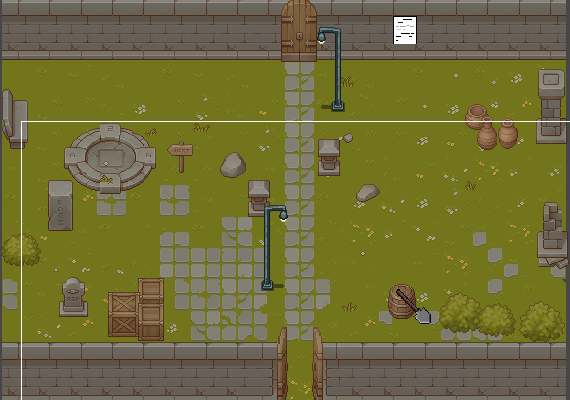
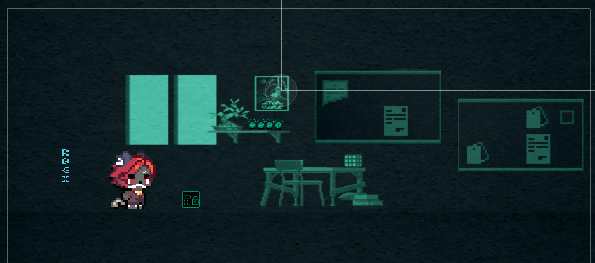
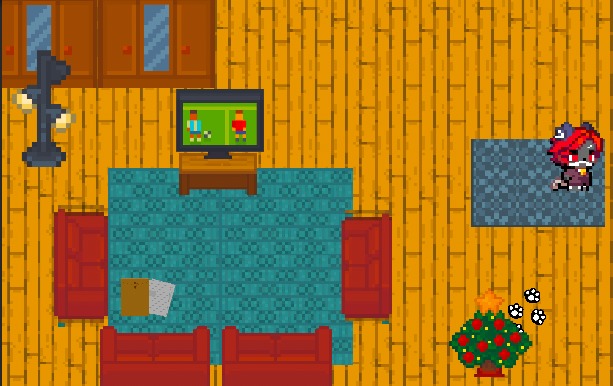
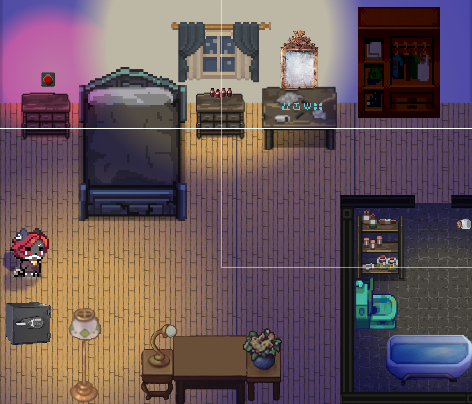
And here is the complete design document for the level design:
Other Works
We use unity's timelines to make the transition animation between levels:
And here are the documents of our Game Design Document with two languages' versions:

